Russian Archeological Mission at Giza (RAMG) was organized in 1996 by Dr. Eleonora Kormysheva with the assistance of the Supreme Council of Antiquities (currently – Ministry of Antiquities, Egypt). The area of research includes the eastern edge of the Eastern Necropolis of Giza, on which the rock-cut tombs of an Egyptian nobility, the Minor cemeteries of a middle class of the Egyptian society of the Old Kingdom (Third millennium B.C.), as well as burials of the Late Period and Ptolemaic time are located.
Director of the Mission Eleonora Kormysheva, D.Sc. (IOS RAS)
The area of the Russian concession is more than 16000 sq m; by 2019 about 1800 sq m has been explored. Concession territory has rock-cut tombs of the members of ancient Egyptian royal administration (during the reign of the Dynasties V and VI) – the tombs of Khafraankh (G 7948), Nisutptah (GE 31), Khufuhotep (LG 76), Tjenty I (GE 11), Tjenty II ( LG 77), Perinedju (GE 19), Perseneb (LG 78), Nefersefekhptah (LG 79), Ipy (LG 80), Kaemnofret (LG 63), Nesemnau (LG 64), Kaherptah (G 7721). Some of the tombs were known in the 19th century, while others (the tombs of Tjenty I, Perinedju, Nisutptah) were discovered during the work of the Mission. The cult chapels of the tombs were decorated with hieroglyphic inscriptions and reliefs of various quality and preservation; polychrome painting was also found in Perseneb’s tomb. The subject of the tomb decor are traditional for the funerary monuments of the Old Kingdom and include images of tomb owners and their family members, cult and everyday life scenes followed by hieroglyphic explanations. The burial chambers of the tombs were predominantly robbed in antiquity, sometimes – several times; however, in some cases the expedition was successful to discover undisturbed or partially preserved original burials, both with inventory (for example, so-called “Jeweler’s burial” in Perinedju’s tomb), or without it.
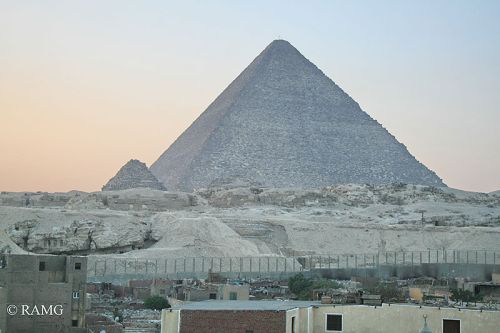
|
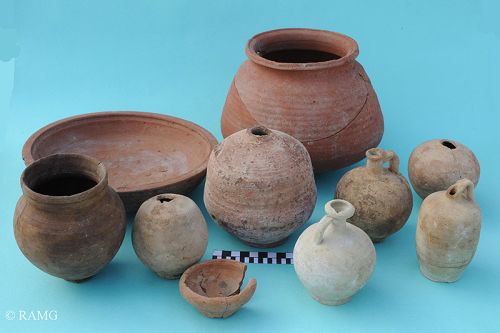
|
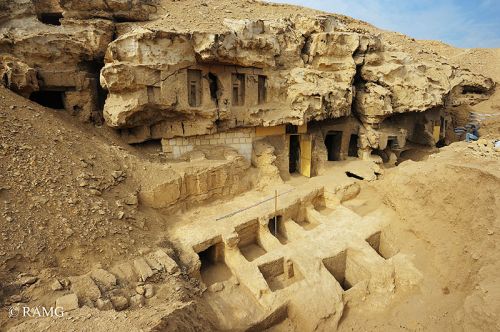
|
Apart from that eleven anonymous rock-cut tombs (GE 17, GE 18, GE 23, GE 30, GE 34, GE 47, GE 48, GE 49, GE 56, GE 57, GE 58) were discovered and explored along with two so-called “Minor cemeteries” dated to the Old Kingdom located in front of the tombs of Khafraankh and Tjenty I. The mud-brick and shaft burials were constructed for middle-class of the ancient Egyptian society (including two burial shafts of dwarfs GE 52 and GE 60). Some of the burials were undisturbed and allows us to study the features of the ancient Egyptian burial rites of the Dynasties V and VI (XXV – XXII centuries B.C.).

In addition on the site of the Russian Archaeological Mission at Giza secondary burials of the First millennium B.C. were found (of the Late Period (664–332 B.C.) and Ptolemaic Period (332–30 B.C.)), There were both inside the rock-cut tombs of the Old Kingdom (for example, in the burial chambers 5A of the tomb of Kaemnofret (LG 63) and 2A of the tomb of Perseneb (LG 78)), and on the surface – near the tomb of Kaherptah (G 7721). A significant part of the Late Period necropolis at the tomb of Kaherptah was occupied by infant burials with numerous equipment – faience, glass, metal and shell jewelry.
Thus, through samples collected during excavation works of Russian Archeological Mission at Giza, it is possible to explore ancient Egyptian material and artistic culture, funeral architecture, epigraphic, paleographic, burial rites, anthropological identities, as well as trade connections of the Memphis Region with its neighbors.
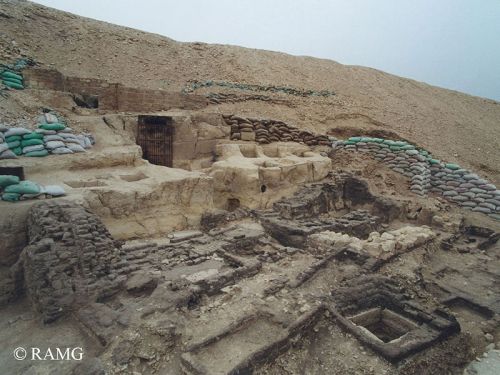
|
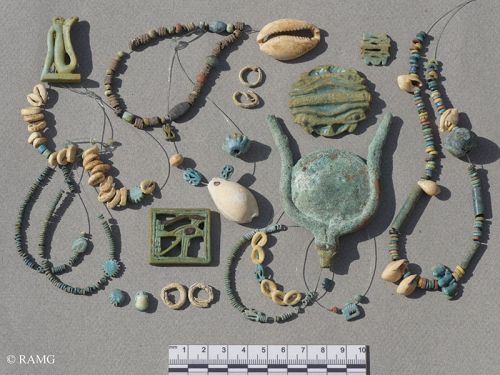
|
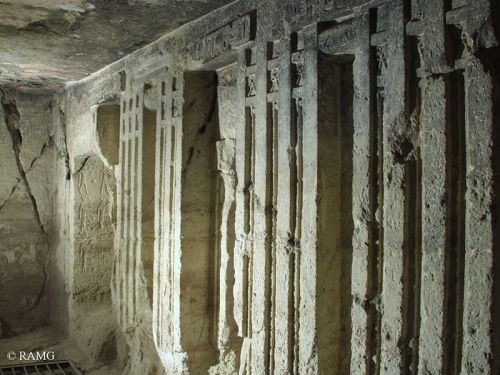
|
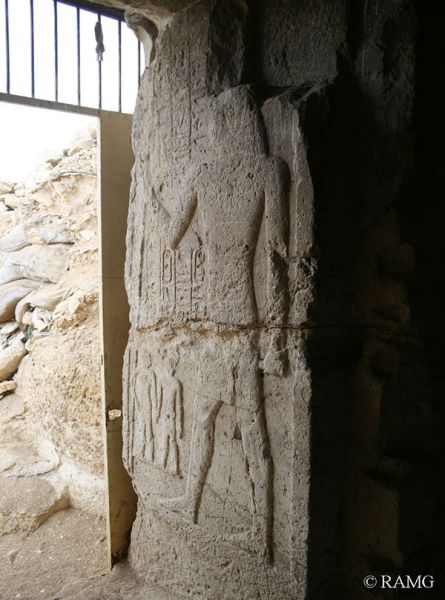
|
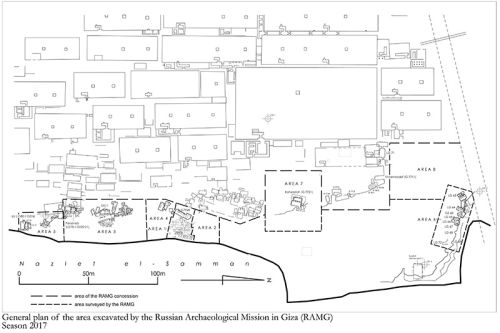
|
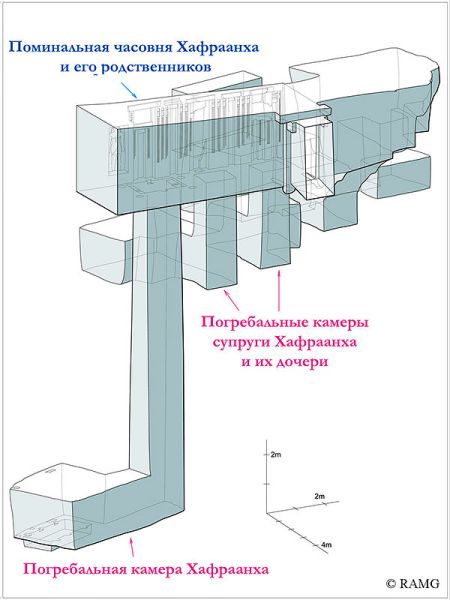
|
Publications (in English and French):
Kormysheva E., Malykh S., Vetokhov S. Giza. Eastern Necropolis I. The Tomb of Khafraankh. Moscow: IOS RAS, 2010. 272 pp., ill.
Kormysheva E., Malykh S., Vetokhov S. Giza. Eastern Necropolis II. The Minor Cemetery to the East from the Tomb G 7948. Moscow: IOS RAS, 2012. 352 pp., ill.
Kormysheva E., Malykh S., Lebedev M., Vetokhov S. Giza. Eastern Necropolis III. Tombs of Tjenty II, Khufuhotep, and Anonymous Tombs GE 17, GE 18, GE 47, GE 48, and GE 49. Moscow: IOS RAS, 2015. 400 p., ill.
Kormysheva E., Malykh S., Lebedev M., Vetokhov S. Giza. Eastern Necropolis IV. Tombs of Perseneb, Ipy, and Anonymous Tombs GE 23, GE 40, GE 56, GE 57, and GE 58. Moscow: IOS RAS, 2018. 464 p., ill.
Articles:
Kormysheva E. Report on the activity of the Russian Archaeological Mission at Giza, Tomb G 7948, East field, during the season 1998 // Annales du Service des Antiquités de L’Égypte, LXXIV. Le Caire, 1999. P. 23–38.
Kormysheva E. Studying Khafraankh tomb and the adjacent area // Abstracts of the 8th International Congress of Egyptologists. Cairo, 2000. P. 101–102.
Kormysheva E. Report on the Activity of the Russian Archaeological Mission at Giza, Tomb G 7948 and the Adjacent Area, Eastern field, season 2000 // Annales du Service des Antiquités de L’Égypte. Vol. LXXVII. Le Caire, 2003. P. 91–130.
Malykh S. The pottery workshops of pyramid zone in Coptic period // Cultural Heritage of Egypt and Christian Orient. Vol. 3. Moscow, 2006. P. 117–120.
Kormysheva E. Minor cemetery on the eastern edge of Eastern necropolis in Giza // Goyon J.C., Carden Ch. (eds.) Proceedings of the 9th International Congress of Egyptology. Leuven, 2007. P. 1023–1037.
Malykh S. The Ceramic Import in Late Roman, Byzantine and Early Arabic Giza: On the external contacts of the Memphite Area // Cultural Heritage of Egypt and Christian Orient. Vol. 4. Moscow, 2007. P. 45–60.
Kormysheva E., Malykh S. Lepsius Tombs in Giza Necropolis re-discovered // Journal of Egyptian Archaeology. Vol. 96. London, 2010. P. 49–70.
Kormysheva E., Vetokhov S. Door to the tomb of Khafraankh reconsidered // Callender V.G. et al. (eds.) Times, Signs and Pyramids. Studies in Honour of Miroslav Verner on the Occasion of his Seventieth Birthday. Prague, 2011. P. 429–440.
Malykh S. Pottery complexes in the Old Kingdom funeral equipment of Giza Necropolis (materials of Russian archaeological mission in Giza) // Cultural Heritage of Egypt and Christian Orient. Vol. 6. Moscow, 2011. P. 109–135.
Malykh S. Pottery from the Rock-Cut Tomb of Khafraankh in Giza // Cahiers de la Céramique Égyptienne, Institut français d’archéologie orientale. Vol. 9. Le Caire, 2011. P. 185–213.
Malykh S. The Ceramic Material of Giza Necropolis: Commercial Relations of ancient Egyptians // Achievements and Problems of Modern Egyptology. Proceedings of the International Conference held in Moscow on September 29 – October 2, 2009. Moscow, 2012. P. 213–224.
Kormysheva E. Rock-cut Tombs of the Eastern Necropolis at Giza in the Socio-Cultural Context of the Old Kingdom Egypt // Pre-Islamic Near East: history, religion, culture. Kiev, 2014. P. 93–122.
Kormysheva E., Malykh S. Analyse comparative de certains ensembles céramiques des nécropoles de Giza et de Saqqâra des Ve et VIe dynasties // Legros R. (ed.) 50 ans d’éternité. Jubilé de la Mission archéologique française de Saqqâra (1963–2013). Bibliothèque d’Etude 162. Le Caire, 2015. P. 271–300.
Malykh S. Unusual ceramic complex in the Eastern Giza: problems of dating and interpretation // Bulletin de Liaison de la Céramique Égyptienne, Institut français d’archéologie orientale. Vol. 25. Le Caire, 2015. P. 113–125.
Malykh S. Ancient Egyptian Burial Rites of the Vth and VIth Dynasties: The Problem of Rationality and Symbolism // Chronique d’Égypte, 2018, XCIII, fasc. 185. P. 58–76.
Lebedev M., Dobrovolskaya M., Mednikova M. A case of decapitation from Giza // Prague Egyptological Studies, 2018, XXI. P. 106–119.